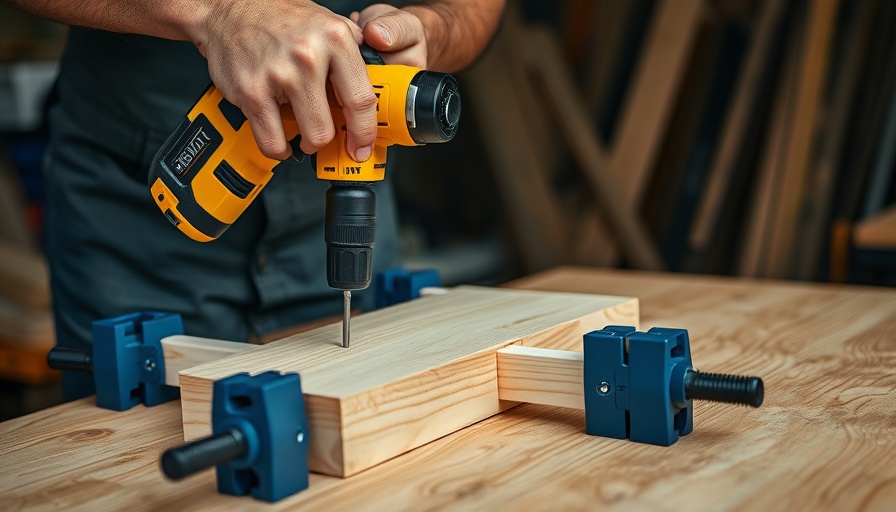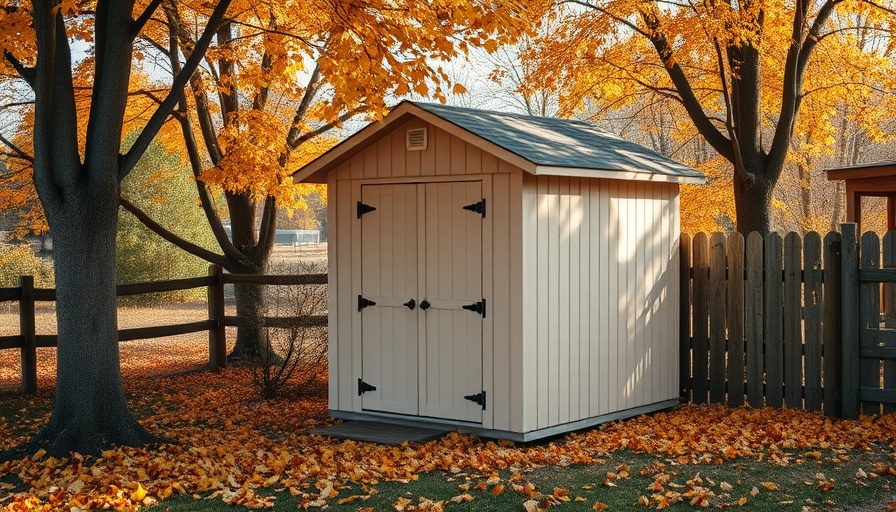
Understanding Drill Bits: The Right Choice Matters
When tackling home repairs or DIY projects, using the right drill bit is crucial. Different materials require specific bits for optimal performance. For example, wood drill bits have a sharp point to ensure they penetrate wood easily, while masonry bits are designed to handle tougher materials like brick or concrete. Knowing which bit to choose can make the difference between a job well done and a frustrating failed attempt.
Materials That Impact Your Drilling Success
Drill bits come in various materials, each serving a specific purpose. Here are some common types you may encounter:
- High-Speed Steel (HSS): Great for general-purpose drilling in metal, wood, and plastic.
- Cobalt Steel: Hot and strong, cobalt bits are perfect for drilling into hard metals.
- Carbide-Tipped: These are ideal for sturdy materials, especially in frequent-use scenarios.
The choice of materials can reduce wear over time and provide a cleaner, more efficient hole. Paying attention to the material of the drill bit will ensure you’ll tackle any project with confidence.
Drilling Techniques: Skills That Elevate Your Game
Even with the best tools, knowing how to use them properly is key. Here are essential techniques that will help you drill like a pro:
- Drilling Speed: Adjust your drill speed based on the material. Lower speeds work best on metal, while higher speeds suit wood.
- Pressure Control: Apply consistent pressure but avoid excessive force, which can break bits or ruin your project.
- Know Your Depth: Use tape to mark your drill bit if you're aiming for a specific depth.
Remember, mastering these techniques not only improves your skill set but can also enhance safety and effectiveness.
Common Missteps: Avoiding the Pitfalls
Even seasoned DIY enthusiasts can make mistakes. Here are common missteps to be aware of:
- Using the wrong bit for the material, which can lead to damage or inefficiency.
- Ignoring the importance of drill maintenance, which ensures longevity and performance.
- Forgetting to clear dust and debris while drilling, which can obscure your vision and affect the accuracy of the hole.
Avoiding these traps will help you maintain your tools and keep your projects running smoothly.
Future Trends: What’s Coming in Drilling Technology?
The world of tools is ever-evolving, and drilling technology is no exception. As homeowners look for more efficient and eco-friendly options, manufacturers are focusing on improved energy efficiency and lower environmental impact in their drill designs. Smart technology may soon allow drills to wirelessly connect to power sources, optimizing performance based on real-time data.
Conclusion: Gain Confidence in Your DIY Skills
Equipped with this knowledge on drill types, materials, and techniques, you are well-prepared to tackle your next DIY project confidently. Remember, practice makes perfect! Don't hesitate to experiment with different bits and speeds until you find the perfect technique that works for you.
 Add Row
Add Row  Add
Add 



Write A Comment